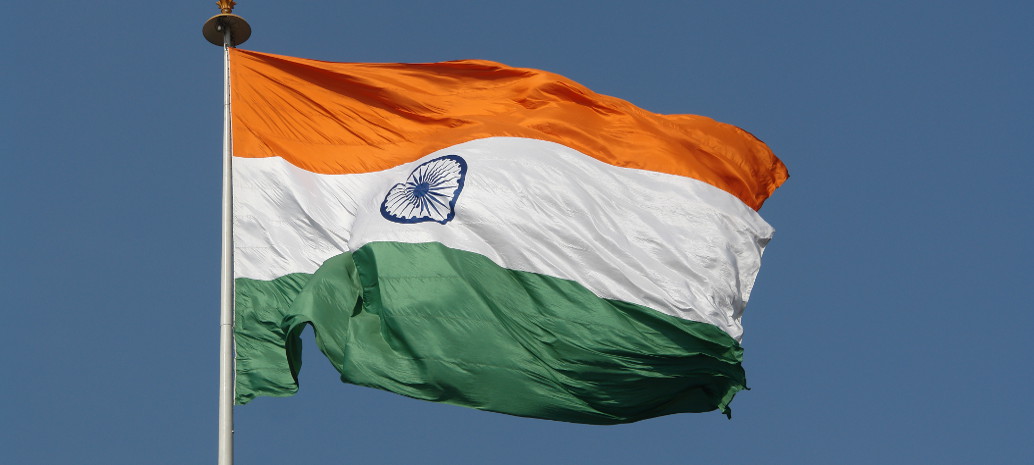Power minister R.K Singh recently reviewed the action plan for a 10 GW hybrid renewable energy project in the Indian union territory of Ladakh, along with its power evacuation, in a meeting with concerning authorities.
The meeting sought to discuss land availability for setting up the renewable energy project at identified areas of Pang in the Leh district. The required transmission system along with a battery energy storage system for providing round-the-clock power was also reviewed.
R. K. Mathur, the lieutenant governor of Ladakh, assured to provide 20,000 acres of land (on lease basis) immediately for setting up the project at Pang. The availability of other 20,000 acres of land at Pang would be explored based on the inputs provided by the Solar Energy Corporation of India (SECI). Public-sector undertakings under the power ministry will also undertake CSR activities for development in the region.
Among other outcomes of the meeting, it was decided that a 5 GW transmission link from Pang (Leh) to Kaithal (Haryana), along with 12 GWh of battery energy storage, will provide 76% utilization of the transmission capacity and would evacuate 13 GW of renewable energy generation (9 GWp solar + 4 GW wind).
Out of 12 GWh battery energy storage, about 1-2 GWh will be developed as part of the transmission element to keep the line charged during the period of no generation, while the remaining battery energy storage could be developed as part of the generation element.
Powergrid would revise their detailed project report accordingly for setting up of the 5 GW transmission link, including 2 GWh of battery energy storage, and AC system strengthening in Ladakh and Jammu & Kashmir to provide RE power within Ladakh and also to Jammu & Kashmir.
The MNRE would also move a proposal for providing a central grant for the development of the transmission link as part of the Green Energy Corridor. The transmission link is proposed to be completed within five years.
This content is protected by copyright and may not be reused. If you want to cooperate with us and would like to reuse some of our content, please contact: editors@pv-magazine.com.









By submitting this form you agree to pv magazine using your data for the purposes of publishing your comment.
Your personal data will only be disclosed or otherwise transmitted to third parties for the purposes of spam filtering or if this is necessary for technical maintenance of the website. Any other transfer to third parties will not take place unless this is justified on the basis of applicable data protection regulations or if pv magazine is legally obliged to do so.
You may revoke this consent at any time with effect for the future, in which case your personal data will be deleted immediately. Otherwise, your data will be deleted if pv magazine has processed your request or the purpose of data storage is fulfilled.
Further information on data privacy can be found in our Data Protection Policy.